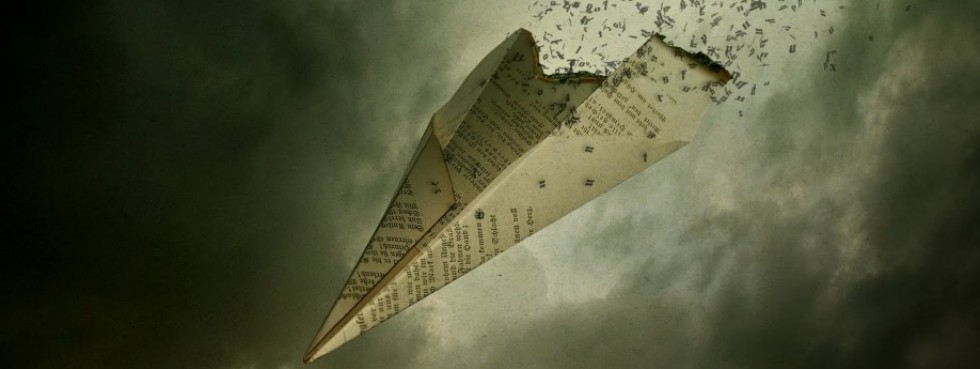“We didn’t start the fire
But when we are gone
It will still burn on, and on, and on, and on”
– Billy Joel
In 1962 an underground firestorm was ignited by the residents of Centralia, a mining town in Pennsylvania when they decided to burn their excess garbage near an exposed seam of anthracite coal. Little did anyone know that the ill-fated actions of that day would result in an unsuccessful two-decade battle against the ongoing inferno. The underground fire burns to this day underneath an area of around 400 acres (1.6 km²) – an area that continues to expand.
 The mining town of Centralia was already steadily declining when the town’s 300 ft. wide, 75 ft. long garbage dump was set on fire by the local fire department in a clean-up attempt on 27 May 1962. Memorial Day was coming up and the town’s residents – a community of almost 1400 people – were looking forward to their annual celebrations. The fire department doused the last flames after the dump had been cleared on the 27th but had to return twice during the following days as the fire continuously reignited. It was only after they returned the third time with a bulldozer in tow to douse the concealed layers of garbage that they discovered the opening in the pit which led directly to the network of mines running beneath the town and surrounding areas.
The mining town of Centralia was already steadily declining when the town’s 300 ft. wide, 75 ft. long garbage dump was set on fire by the local fire department in a clean-up attempt on 27 May 1962. Memorial Day was coming up and the town’s residents – a community of almost 1400 people – were looking forward to their annual celebrations. The fire department doused the last flames after the dump had been cleared on the 27th but had to return twice during the following days as the fire continuously reignited. It was only after they returned the third time with a bulldozer in tow to douse the concealed layers of garbage that they discovered the opening in the pit which led directly to the network of mines running beneath the town and surrounding areas.
The first attempt intended to deal with the fire saw a company called Bridy, Inc. excavating the area in an attempt to literally dig the fire out. The project was hampered by a variety of factors. Bridy, Inc. wasn’t allowed to exactly pinpoint the fire’s location as drilling or digging could open up the fire to vast amounts of oxygen which would only add fuel to the fire – as such they had to guess where to dig. The company used inadequate equipment and they were only allowed to work during weekdays. As Bridy’s funds started running out, a second strategy was proposed which would see the mines being flushed with a mixture of crushed rocks and water. Holes were made and the flushing material was deposited. Unfortunately the second project took place during a very harsh winter and a series of events, which included frozen flushing material and frozen water lines, led to the second project also failing. During the third attempt, they once again tried to flush the mines and fill the caverns up with incombustible material, only on a much larger scale than during the previous attempt. Unfortunately none of the attempts worked, in fact, the holes drilled for the flushing process might have actually given the fire the oxygen needed to spread as far as it did.
For the next few decades the town was divided between the residents who wanted to evacuate and those who believed the fire didn’t pose a danger to them and their homes. Some even accused the mining companies and U.S. Government of conspiring to steal the area’s mineral rights worth billions of dollars. In the end those who wanted the town to be evacuated won. Hundreds of homes, businesses and other structures were demolished and more than 1,000 people were relocated by the end of the 1980’s. But a few residents remained and continue to resist the government buyout to this day.
The tragedy of Centralia and its continuing battles has featured in hundreds of publications and has been the focus of three books. Today it is nothing short of a ghost town and occasional tourist attraction. The few tidy homes and trimmed lawns of the die-hard resistors stand out like silent sentinels against the network of abandoned residential streets. The ever burning fire is expected to burn out sometime within the next 100 to 250 years.
Apart from these informative links, we also found this youtube clip you might like:
http://usatoday30.usatoday.com/news/nation/story/2012-05-25/fire-still-burns-in-centralia/55213824/1
http://www.smithsonianmag.com/travel/firehole.html
Related articles
- Notes from a town on fire (3quarksdaily.com)
- Pa. residents living above mine fire free to stay (cnsnews.com)
- Pennsylvania residents living above mine fire win right to stay (rare.us)
